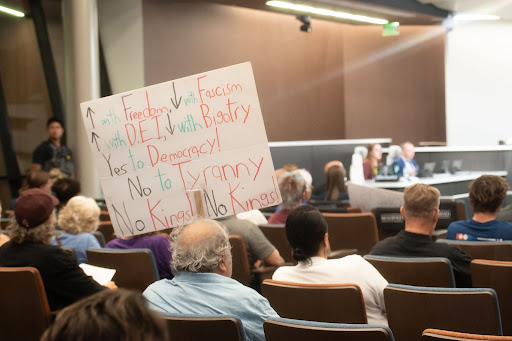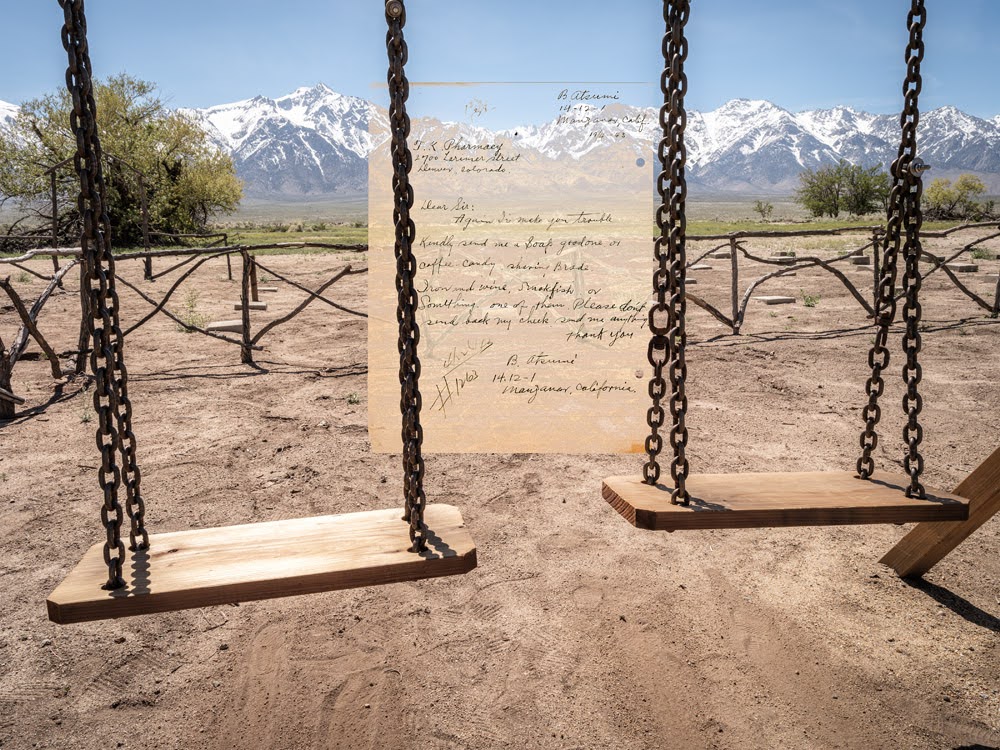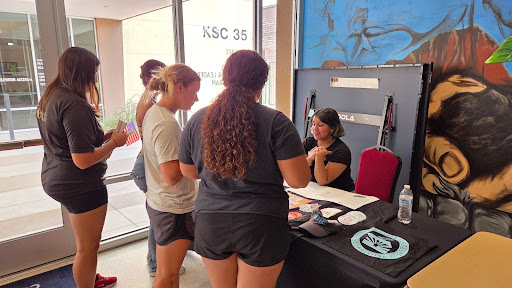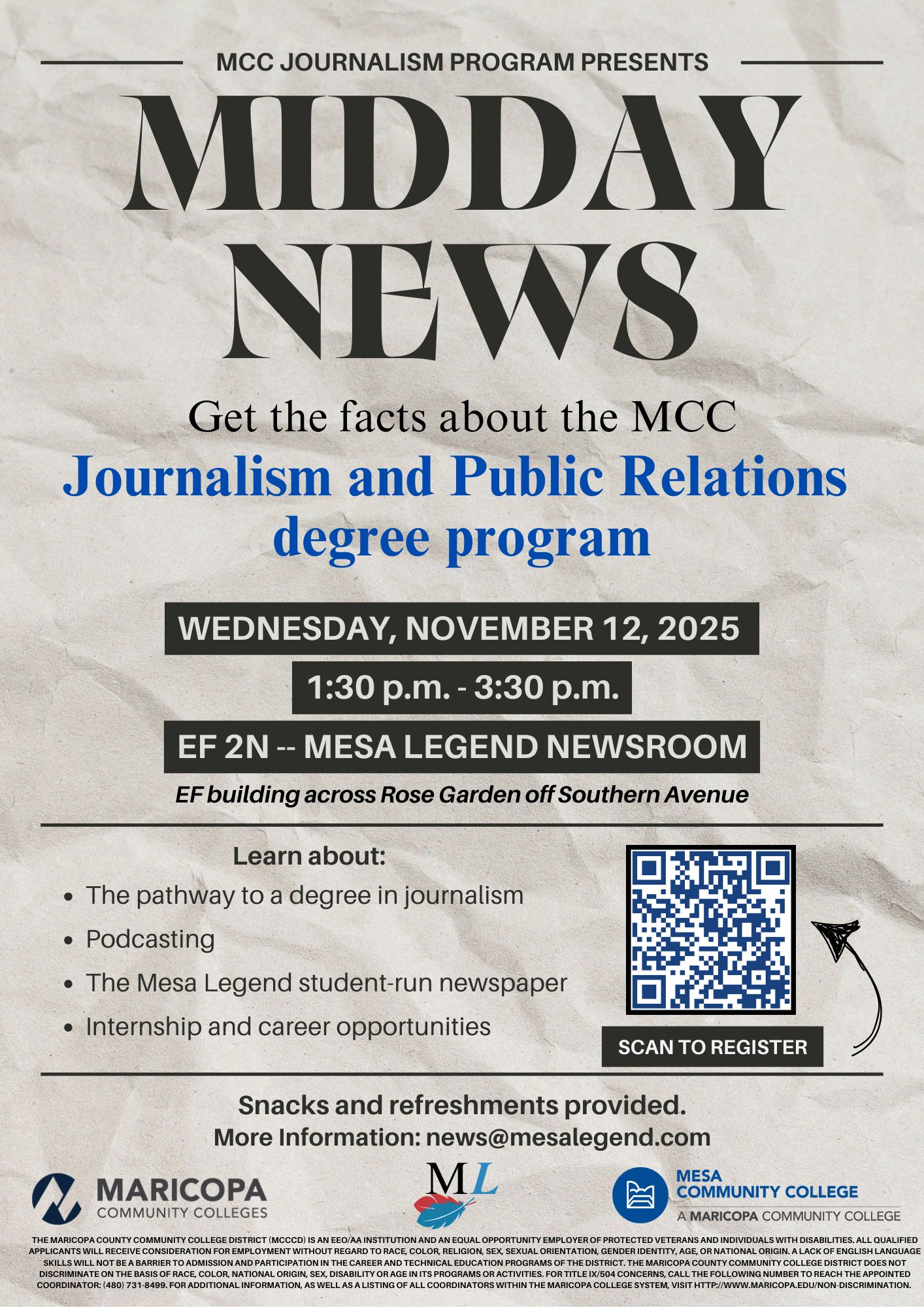Change in store for community colleges
By: Joshua Bowling
Colleges are not designed for students to graduate, they are designed to “sort out” students, said Davis Jenkins, senior research associate at the Community College Research Center.
Two-year degrees and a tight-knit student populace are not all community colleges have to offer, according to the CCRC.
The CCRC seeks to conduct research on community colleges and publish it in order to give faculty and students a more complete understanding of how to make the most of their potential.
One of their publications is their annual newsletter.
In 2013’s newsletter, Director Thomas Bailey stated community colleges must reinforce support for students and instructors to maximize the potential for online education.
Bailey stated in 2014’s newsletter that comprehensive reform at the community college level has the potential to further college completion.
Reform has only focused on one segment of student issues, the report read.
College is “way too focused on college composition,” Jenkins said. “Which is English 101 – which is an important course, but it doesn’t help you really with writing in psychology, writing a history paper.”
The focus on general education classes serve to weed out bad students, Jenkins said.
The primary vehicles for doing this are prerequisite courses such as college composition and math classes.
Jenkins believes colleges need to develop a stronger pathway for students to go into the workforce, rather than supply them with courses which are not relevant to their degree.
Why – he asked – should someone have to take college algebra or calculus if they are not going into a STEM program?
Community colleges across the nation are considering offering four-year degrees, something which Jenkins is not in favor of.
“In general, I don’t see it happening,” Jenkins said. “I’m afraid colleges will use this to move away from their mission.”
Students, however, are receiving the possibility gladly.
“I think it’s a great thing, it’s a lot cheaper, and that’s what we’re all going for,” MCC student Rachel Heitkamp said.
Colleges desiring to sort out students did not surprise Heitkamp.
“I could see it happening,” she said. “I think it’s more of a university thing than a community college thing.”
Community colleges are known for offering degrees which are highly demanded in the job market, Jenkins said. Offering four-year degrees, he said, would take that factor away from them.
Colleges in Arizona, though, are showing innovation in this economy, Jenkins said.
ASU is starting to offer programs similar to the MAPP programs with community colleges in California.
MAPP stands for Maricopa to ASU Partnership Program. After a student signs onto a MAPP program, he or she has three years to complete their bachelor’s degree. The going tuition rate of ASU at the time of the signing gets locked in, ensuring that’s all the student must pay upon transferring.
Ultimately, there are “risks and payoffs” to all of this, Jenkins said. The possibilities opened up by programs such as the MAPP are all a good thing in Jenkins’ opinion.









